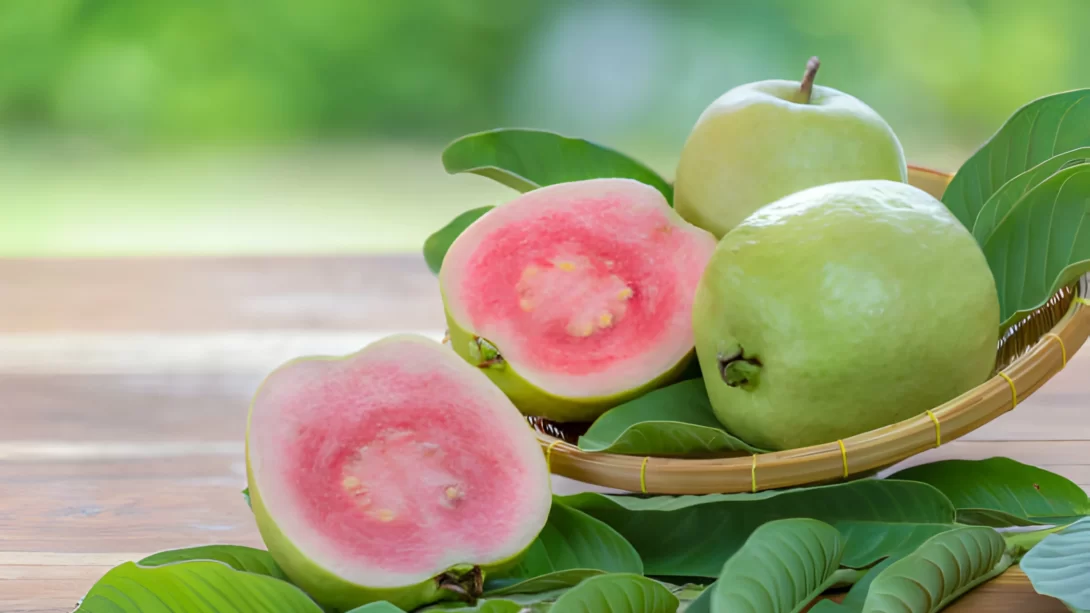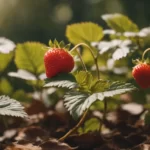Guava, known for its unique flavor and rich nutritional profile, is a tropical fruit that has garnered global popularity. With its sweet and tangy taste, guava is not just a delightful treat but also a powerhouse of vitamins and minerals. This article provides an in-depth look at guava, focusing on its growing conditions, varieties, and, importantly, its seasonality across different regions of the world.
Guava and Its Varieties
Guava (Psidium guajava) is a tropical fruit that comes in various shapes and sizes. The most common varieties include Apple Guava, which is known for its sweet, apple-like flavor, and Strawberry Guava, which has a more tart and berry-like taste. Each variety has distinct characteristics in terms of fruit size, skin color, and flesh texture, catering to diverse culinary uses and preferences.
Guava Growing Conditions
Guava trees thrive in tropical and subtropical climates. They prefer warm temperatures and well-drained, fertile soil. Adequate sunlight is crucial for the growth and fruiting of guava trees, while excessive water can lead to root rot. The trees are fairly drought-tolerant but require regular watering during the fruit development stage. Understanding these conditions is key to cultivating healthy guava trees that produce abundant and flavorful fruit.
Guava Seasonality
The fruiting season of guava largely depends on the geographical location and local climate conditions. Generally, in tropical regions, guava trees can bear fruit twice a year. The primary season usually falls between early summer and late fall, with a shorter, less prolific season in late winter or early spring. This dual-seasonality allows for a somewhat steady supply of guavas throughout much of the year in these areas.
Harvesting Guava
When it comes to harvesting guava, there are clear signs to look for. Mature guavas typically undergo a color change, shifting from a bright green to a light green or yellow, depending on the variety. The fruit also emits a distinct, sweet fragrance when it’s ripe. Another indicator is the fruit’s softness – a ripe guava will yield slightly to gentle pressure. It’s important to harvest guavas at the right time, as they do not continue to ripen significantly after being picked.
Guava Season Around the World
In Tropical Regions
In countries like India, Brazil, and Mexico, where the climate is ideal for guava cultivation, the peak season usually occurs from late summer to early winter. However, the exact timing can vary within these regions due to microclimatic differences. These countries often see a secondary, less abundant harvest season, typically in the spring.
In Subtropical Regions
In subtropical areas, such as California and Florida in the United States, guava season tends to be shorter and is generally concentrated in the summer and early fall months. The growing conditions in these regions lead to a single, more defined harvest period compared to the tropical regions.
Impact of Climate Change on Guava Season
Climate change is increasingly impacting agricultural patterns worldwide, and guava cultivation is no exception. Shifts in temperature and rainfall patterns are affecting the traditional fruiting seasons of guava. In some regions, these changes have led to earlier or later harvests, while in others, they have resulted in reduced yields or quality. Farmers are adapting to these challenges by altering planting schedules, implementing water conservation techniques, and exploring more resilient guava varieties.
Uses and Preservation of Guava During Peak Season
During peak season, guavas can be used in a variety of culinary applications. Fresh guavas are excellent in fruit salads, smoothies, and desserts, while their pulp can be used to make delicious jams, jellies, and sauces. Guava leaves are also used in some cultures for medicinal purposes. To preserve the abundance of the season, guavas can be frozen, canned, or transformed into preserves. Freezing guava slices or puree allows for long-term storage, while making jam or jelly is a great way to enjoy the flavor of guava throughout the year.
Conclusion
Understanding the seasonality of guava is essential for enjoying this fruit at its best. Whether you are in a tropical or subtropical region, being aware of the local guava season ensures you can savor the fruit when it’s most flavorful and abundant. Climate change poses new challenges, but with adaptation and sustainable practices, guava remains a beloved and versatile fruit globally. Enjoy guavas fresh during their peak season, or explore various preservation methods to extend your enjoyment year-round.




